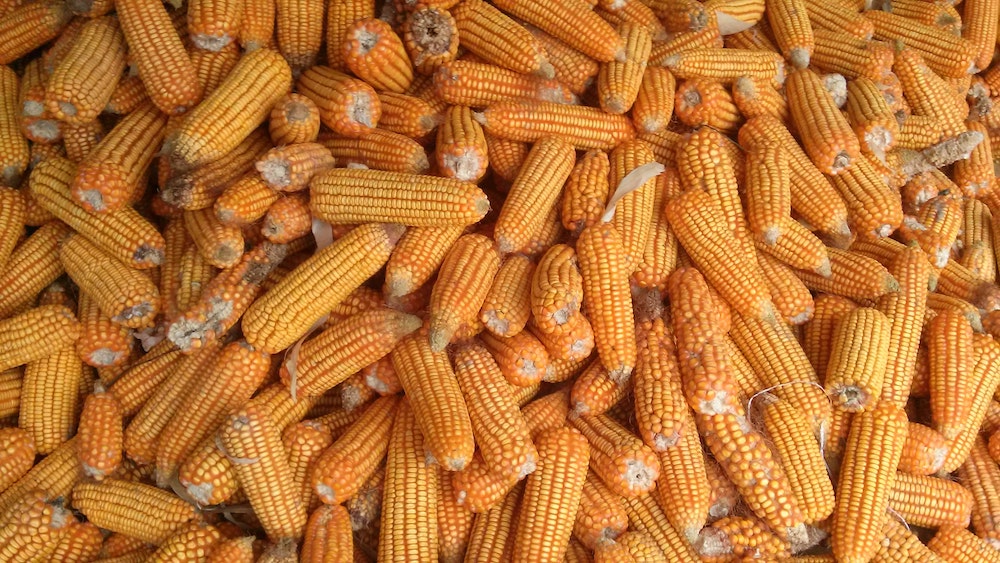Corn Is About To Get A Lot Harder To Buy
This article is more than 2 years old

Mexico is threatening to ban US imports of corn that has been genetically modified. Now, the US is looking into legal steps to stop the ban. Although the term “GMO” strikes a questioning chord with many people, chances are, you’re already eating something genetically modified.
According to The Wall Street Journal, Mexico is the United States’ second biggest market for the US’s corn imports and the ban will be detrimental to trade agreements in an already strained relationship.
The president of Mexico, López Obrador, signed a decree in 2020 to phase out genetically modified corn by 2024. Since the US relied on Mexico for its imports of corn, it is clear that the decree was aimed at the US and is trying to send a message.
However, Obrador, said that bioengineered corn is harmful to Mexico’s native corn varieties and human health. Studies have been done on the corn–which is resistant to glyphosate– to see if such assertions are true when it comes to human health and the International Agency for Research on Cancer.
The agency reports that glyphosate is “probably carcinogenic” but this is disputed by the FDA. If this ban is put into place, the cost of corn in the US will dramatically increase. Mexico relies greatly on corn for tortillas and other food.
The term, GMO, or “Genetically Modified Organism” may sound like something out of a science fiction movie, but GMOs are extremely common in our food today. We just may not realize it.
According to the FDA, corn is the most widely grown crop in the US and the majority of it is GMO. GMO corn has been modified to resist pests and tolerate herbicides. If you think this sounds frightening or a little alarming, Mexico agrees.
GMO corn goes into processed foods and is also used to feed livestock. It reduces the need for further pesticides and does not harm beneficial insects, like ladybugs. The term, bioengineered is preferred usage rather than GMO. Still sounds like science fiction, but we’re not sure if the FDA has a branding team.
Here in the US, scientists have been modifying fruits and vegetables for some time and are even working to improve nutritional value. A recent purple tomato became available that is purple inside and out and is rich in antioxidants.
As technology interferes with how humans eat, how we get nutrition, and with our choices in dietary restrictions, GMOs will become more and more popular. 15.5 million people in the US are vegan and 92 percent of the population is missing vital vitamin nutrients.
At some point, science should step in, proponents claim. So, whether or not Mexico and the US will continue to fight about corn, US growers don’t seem to be too concerned yet. As of now, it is still not known how Mexico would even remove the modified corn from the natural corn if a ban does go into place. It all ships together.



